Local Hero, Merlot Division
Paul Giamatti, of Santa Ynez Valley–Based 'Sideways' fame, Gets His SBIFF Spotlight, and Screenings Go Deep Diving and Into an Australian Psychological Walkabout
Paul Giamatti, of Santa Ynez Valley–Based 'Sideways' fame, Gets His SBIFF Spotlight, and Screenings Go Deep Diving and Into an Australian Psychological Walkabout
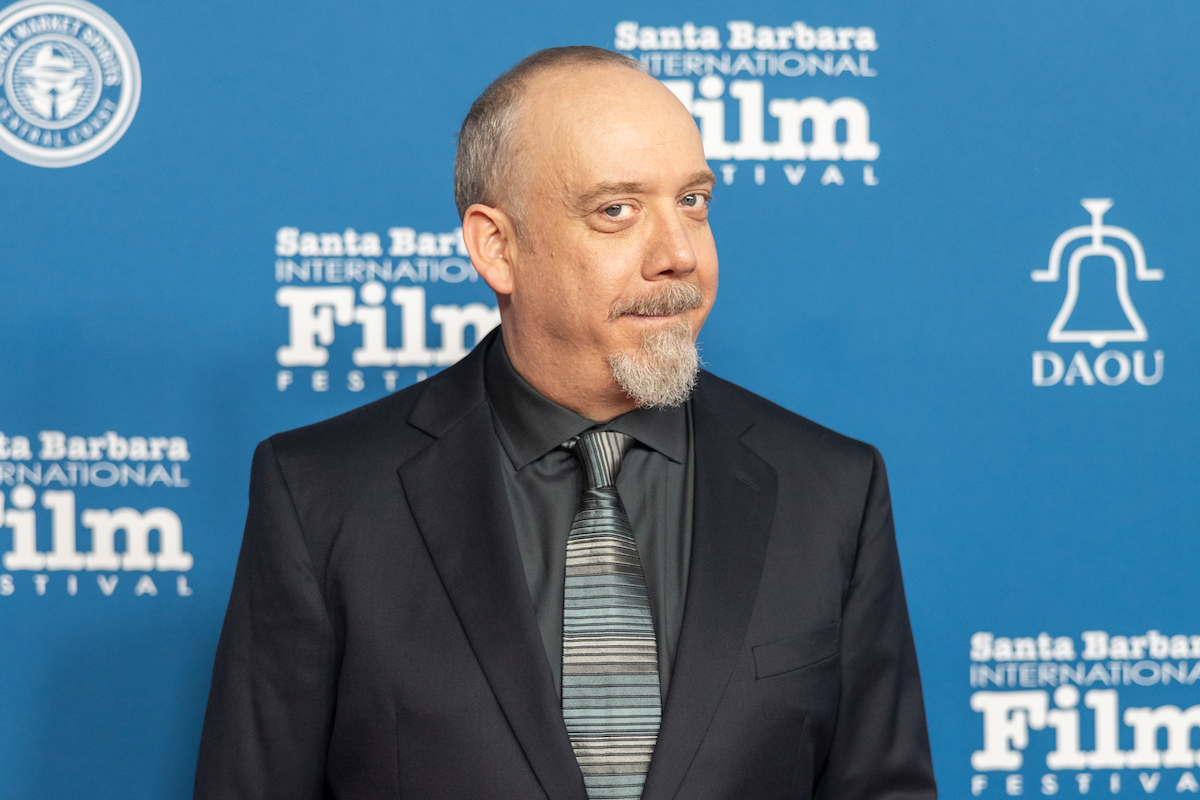
Paul Giamatti deserves to be granted the keys to the county, if such a thing exists. He is presently being exalted in showbiz and Oscar-hopeful circles for his spot-on performance in The Holdovers, and rightfully so, which has earned him the proper props to be given a tribute night at SBIFF last night at the Arlington (see Leslie Dinaberg’s report later today on Independent.com). But in terms of a rare degree of local heroism — which actually had a huge impact on the county’s financial and viticultural life, his major gift to the region came 20 years ago in Sideways. Of course, that coup came to be thanks to the auteur directive of writer-director Alexander Payne, who also called upon Giamatti for The Holdovers.
Giamatti, in conversation with Hollywood Reporter‘s Scott Feinberg at last night’s Cinema Vanguard evening, was one of those SBIFF-toasted celebs — a list also including Mark Ruffalo — who took time and interest in speaking with the young journalists on the red carpet. (See Leslie Dinaberg’s full report here.)
Onstage, he spoke about his youth and sideways venture into acting. The son of a Yale professor, Giamatti moved from studying primate anthropology to the Yale Theater School to playing Harvey Pekar in American Splendor. Then came the call from Payne and the journey to the Santa Ynez Valley in search of killer merlot and mid-life-crisis healing.
The film, which literally seeded a growth in the Valley’s global status as an important wine country region and inspired many “as seen in Sideways” signs around Los Olivos and various wineries, won wide critical praise, many Oscar nods and one win, and did surprisingly healthy box-office business. The film instantly launched the actor into a higher echelon of roles and public attention. And yet the perfectionist side of Giamatti looks back with some disappointment in his own Sideways performance. “I hardly ever feel I got it right,” he said. “Maybe that’s why I keep doing it, to try to get it right.”
Many beg to differ.
Filmic Feasts
Two men meet, bond, and spar in the Australian forest. One is a gruff-but-lovable hermit with a jones for jazz played at a high volume. The other is a depressed cop sorting out mental and existential issues after having been suspended. Together, this odd coupling wends through highs, lows, and neutral zones in ways both philosophical and ruffian — à la Beckett in the bush, with booze and Ping-Pong in the mix.
What may sound, in a summary description, like the stuff of minimalist tedium is, in fact, one of this festival’s real discoveries — The Rooster — a first-time directorial effort by actor Mark Leonard Winter. Thanks to the power of the actors — especially Hugo Weaving as the forested hermit — and a narrative with deeper meaning and backstory that expected, along with an innovative mostly vocal, Roomful of Teeth–y score (by Stefan Gregory), it is a small but sure triumph off to the side of standard-brand cinema.
In a Q&A, Winter admitted that the origin of the film came as a therapeutic process after a dark period of depression when “I lost myself in a battle with my own brain. It’s hard for men, especially in Australia, to talk about mental illness. I made it through that period, luckily, and I found myself looking back and trying to create something beautiful out of that chaos.” Mission accomplished.
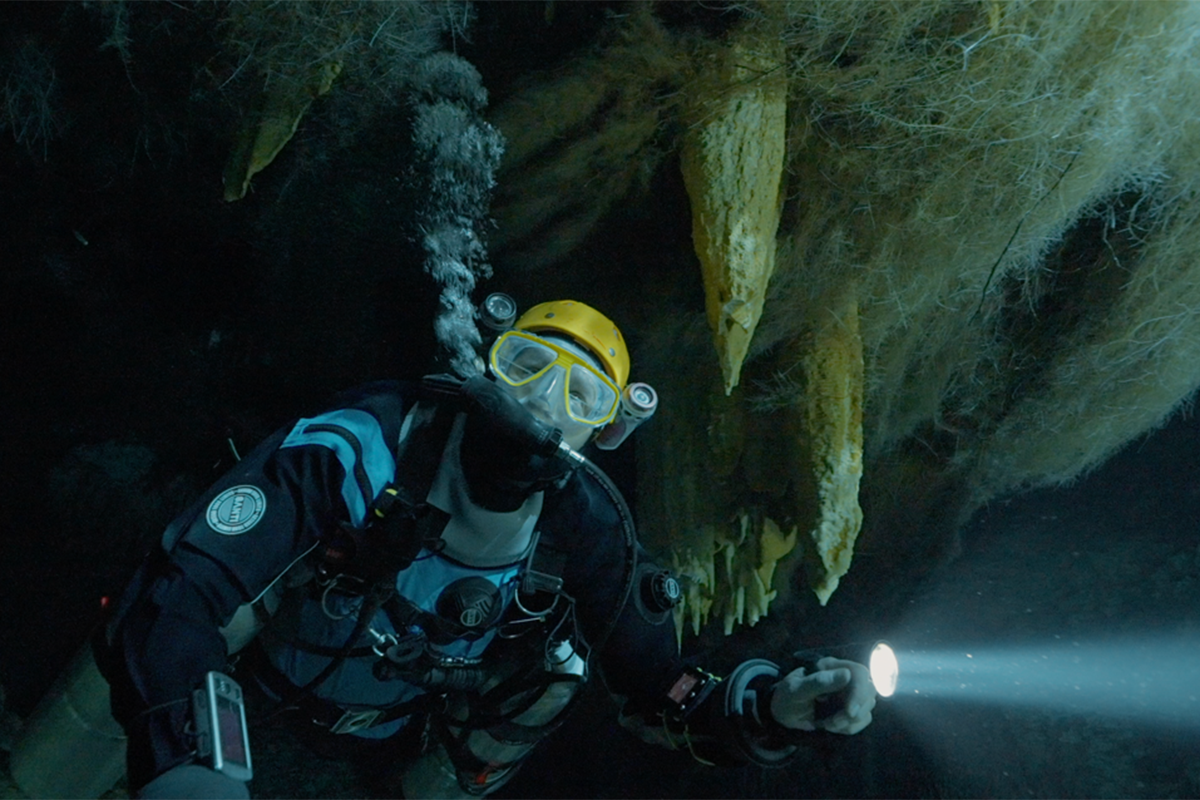
At a post-screening Q&A for Diving into the Dark, yesterday at the Fiesta, friendly technical and philosophical questions were tossed out in the to the documentary’s subject, super cave diver Jill Heinerth and emerging filmmaker Nays Baghai. Suddenly, a declarative opinion came booming out from a woman toward the back of the theater: “You’re a hero!” Audience applause confirmed a consensus view in the house.
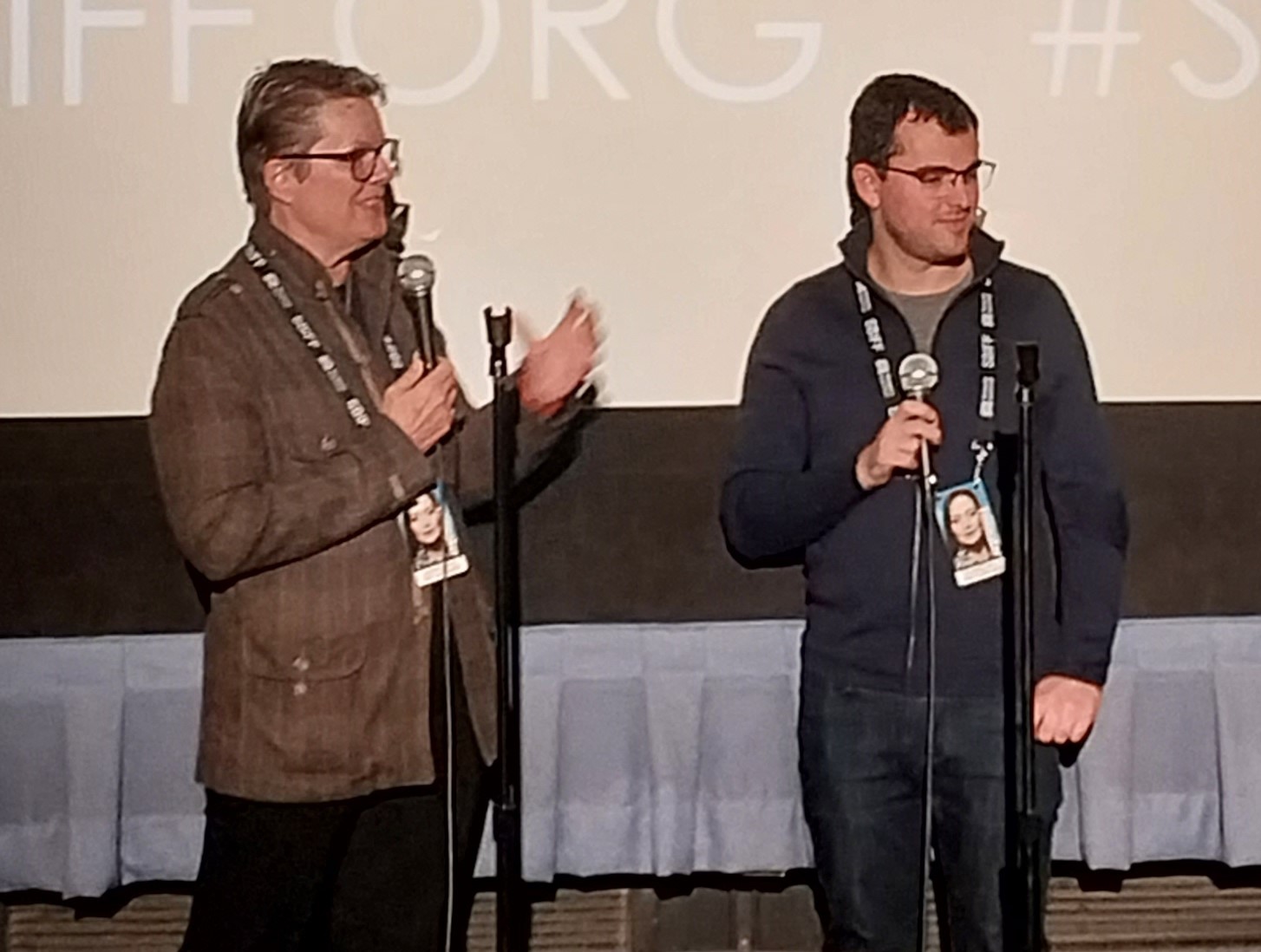
Diving is an unusually visceral and deep (so to speak) hero’s tale about not only Heinerth’s remarkable and ongoing career as a cave diving explorer, but also as a filmmaker, author, and general advocate for female empowerment. She met Baghai when he was a film student, and he spent two years creating this ambitious documentary version of her autobiography — not to mention learning how to cave dive himself to add a “you are there” impact to some of the footage.
Heinerth, who has worked in television and nature/diving films, commented, “It’s been an amazing two-year journey” to make the film. “Giving your life story to someone is a leap of faith. I’m so happy we made a connection.”
Baghai, a fan of the late nature filmmaker Mike deGruy — who was a pivotal figure in the development of some aspects of SBIFF — spoke about his desire to create drama and tension by including maximum cave-diving footage and a few detailed reenactments of particularly significant or treacherous dives in his subject’s past. “I like the audience to feel like they’re going on a roller coast, just like Jill did.” With the reenactments, “I didn’t want just talking heads describing these dives. Those sequences were difficult, if not nightmarish, to film, but I’m so glad I did them.”
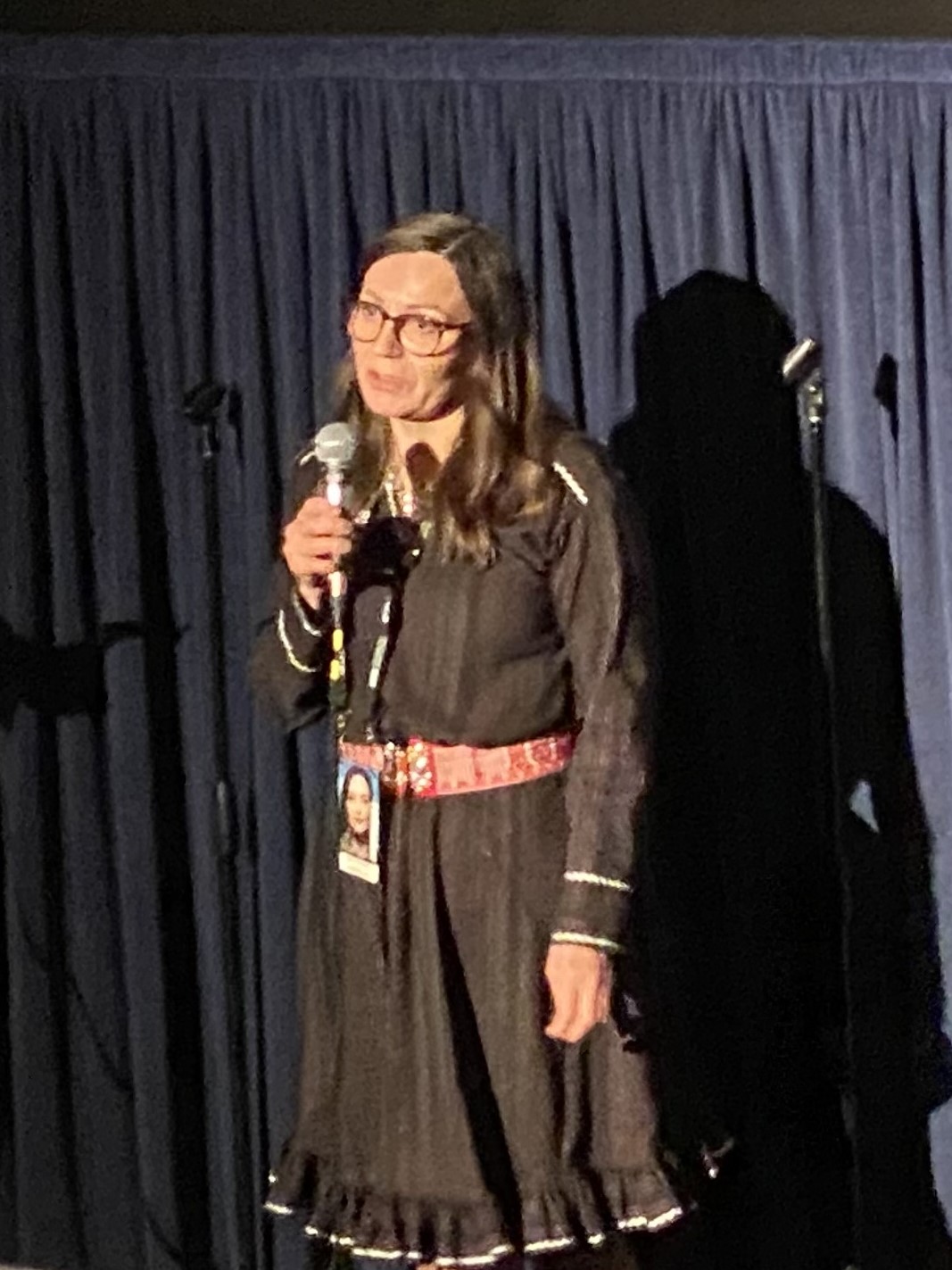
Asked about her biggest success, Heinerth pointed to her work as an advocate for girls and women, “to inspire them and tell them they can do anything they want to.”
Speaking latitudinally, the northernmost point on the compass in this year’s festival program has to be the Norwegian film The Tundra Within Me, a beautiful romance in the land of reindeer, Lappland, in the extreme north of Norway and across the top of Sweden and Finland. In the plot, an artist (performed with a lived-in empathy by Risten Anine Kvernmo Gaup) from the town who has lived in Oslo for years, returns home, with a desire to reconcile her early years and central attraction to the ancient reindeer-herding trade. She meets a fellow reindeer herder and a romantic flame warms up, with the indigenous vocal sound of joiks lining the tale, but the tug of a return to the city and harsh words.
In a Q&A, writer-director Sara Margrethe Oskal explained her autobiographical link to the film, as a filmmaker originally from Lappland who migrated to Oslo but felt the pull back to the spare beauty in a world of reindeer and joiks. We are similarly seduced by the sights, sounds and stark luster of life in this top-of-the-world zone.
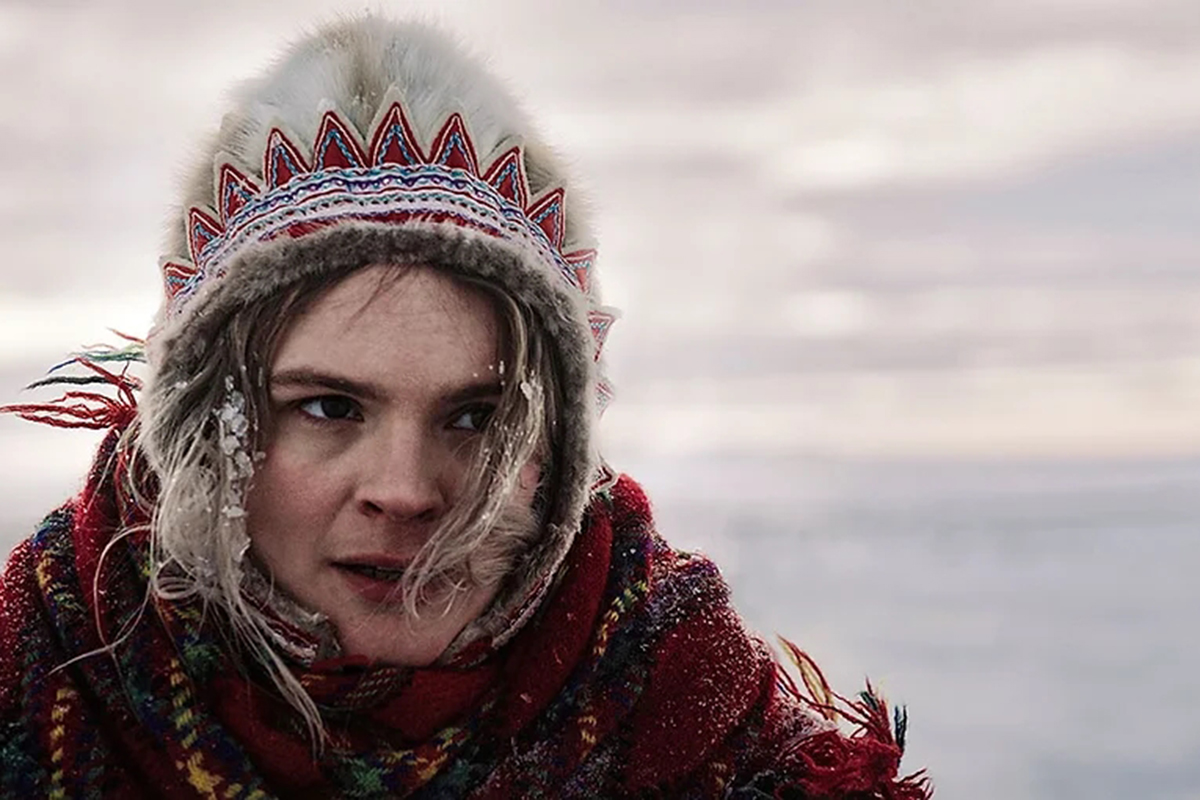
Sat, Nov 30 11:00 AM
Santa Barbara
Sat, Nov 30 6:00 PM
Carpinteria
Thu, Dec 05 5:00 PM
Santa Barbara
Fri, Nov 29 3:30 PM
Buellton
Fri, Nov 29 7:30 PM
Santa Barbara
Sat, Nov 30 1:00 PM
Santa Barbara
Sat, Nov 30 1:00 PM
Santa Barbara
Sat, Nov 30 9:30 PM
Santa Barbara
Sun, Dec 01 5:00 PM
Santa Barbara
Fri, Dec 13 12:00 PM
Santa Barbara
Fri, Dec 13 7:00 PM
Santa Barbara
Please note this login is to submit events or press releases. Use this page here to login for your Independent subscription
Not a member? Sign up here.
You must be logged in to post a comment.